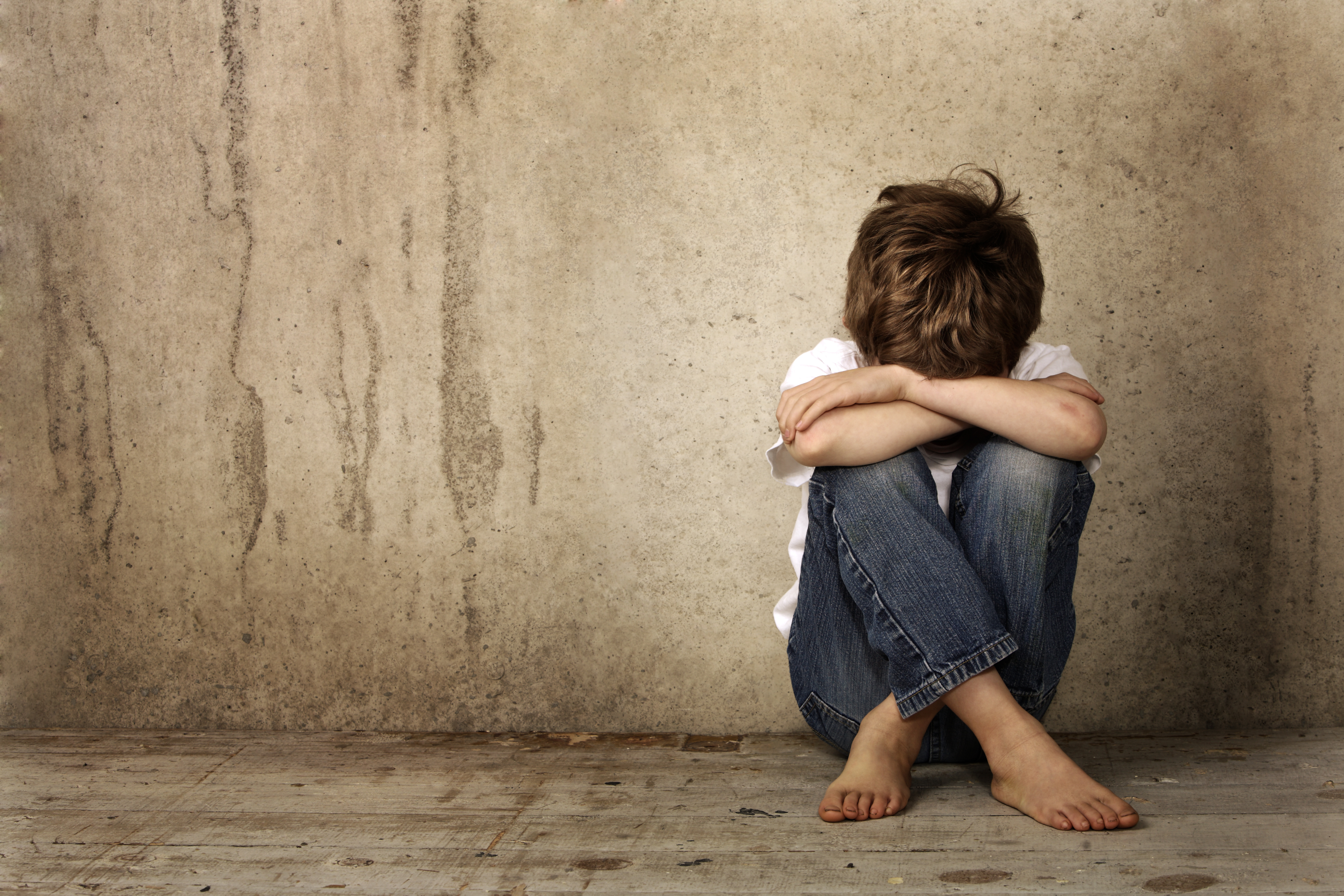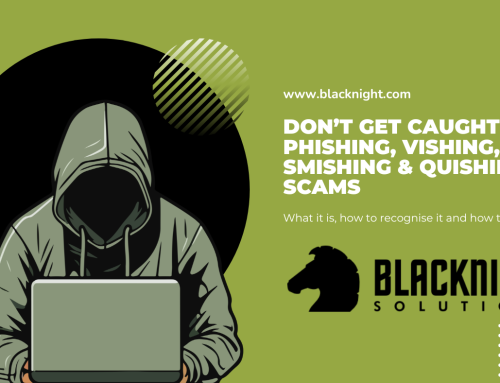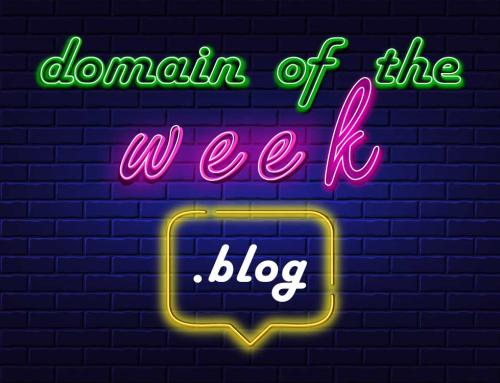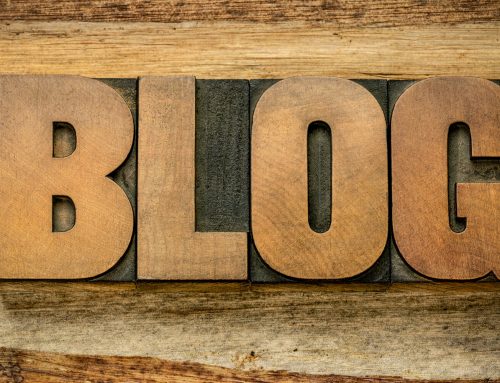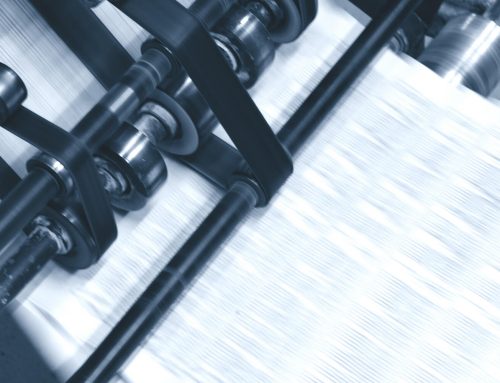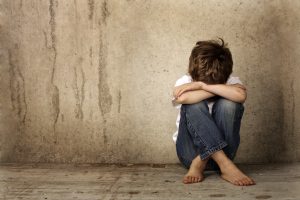
Child sexual abuse online is a problem that has pretty much existed since the web was developed, and it’s growing rapidly. Since the UK’s Internet Watch Foundation was founded in 1996 as a reporting hotline for illegal content online, it has been one of the world’s leading bodies dealing with some of the most vile online content. In that time it’s assessed nearly 700,000 reports and removed over 250,000 individual webpages of criminal content, primarily child sexual abuse images and videos which has led to the rescue of victims from further abuse.
In Ireland, Hotline.ie plays much the same role, providing an anonymous facility for internet users to report suspected illegal content, particularly child sexual abuse material, accidentally encountered online, in a secure and confidential way.
Hotline.ie is run and funded by the Internet Service Providers Association of Ireland (ISPAI) whose members are determined to take measures to counter the use of their Internet facilities for such illegal purposes. It is also co-financed by the European Union’s Connecting Europe Facility.
The latest annual report released in April from the IWF shows that Europe now hosts the majority of child sexual abuse webpages (60%), with North America moving to second place (37%). In contrast, the UK now hosts less than 0.1% of child sexual abuse imagery globally, largely due to the zero tolerance approach the internet industry in the UK takes.
Over 9 in 10 (92%) of all child sexual abuse URLs the IWF identified globally in 2016 were hosted in five countries. The most were hosted in the Netherlands followed by the United States, Canada, France and Russia. Of these reports in 2016, 57,335 URLs were found to contain child sexual abuse imagery and these were hosted on 2,416 domain names worldwide, up 21% from 1,991 in 2015.
Five top level domains – .com, .net, .se (Sweden), .io (British Indian Ocean Territory) and .cc (Cocos (Keeling) Islands) – accounted for 80% of all webpages identified as containing child sexual abuse images and videos.
There was very little child abuse on social networks such as Facebook and Twitter, accounting for 1% of reports. But image hosting sites (72%) and cyberlockers (11%) were the most abused services.
What can you do to help combat this illegal activity online? As an individual report suspect illegal online content to bodies such as Ireland’s Hotline.ie and the UK’s Internet Watch Foundation. As a registrar, webhost or other organisation with an online presence, you can provide your customers with information for how they can report the illegal content. And even supporting the activities of such organisations to enable them to continue their activities.
